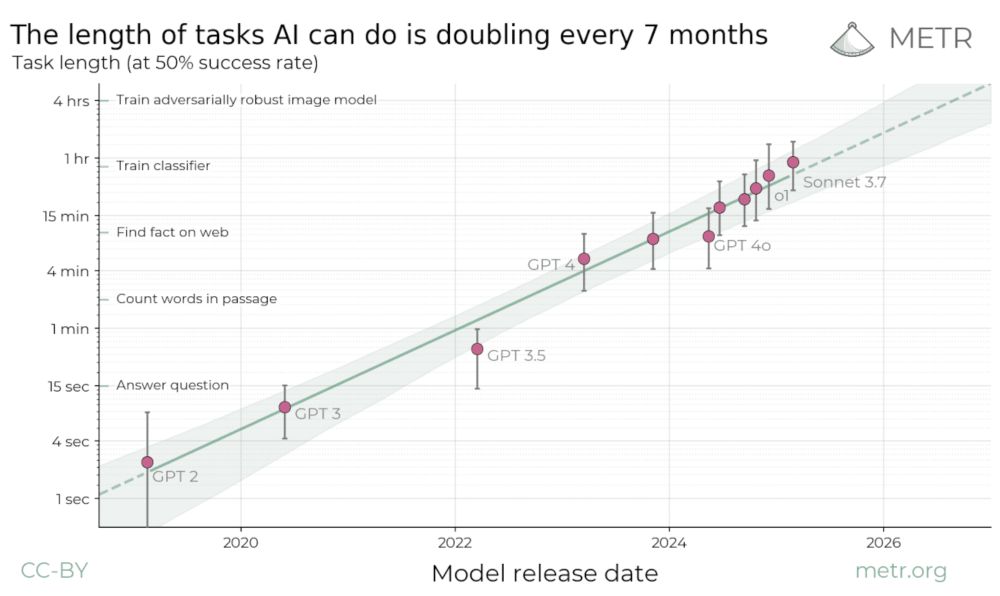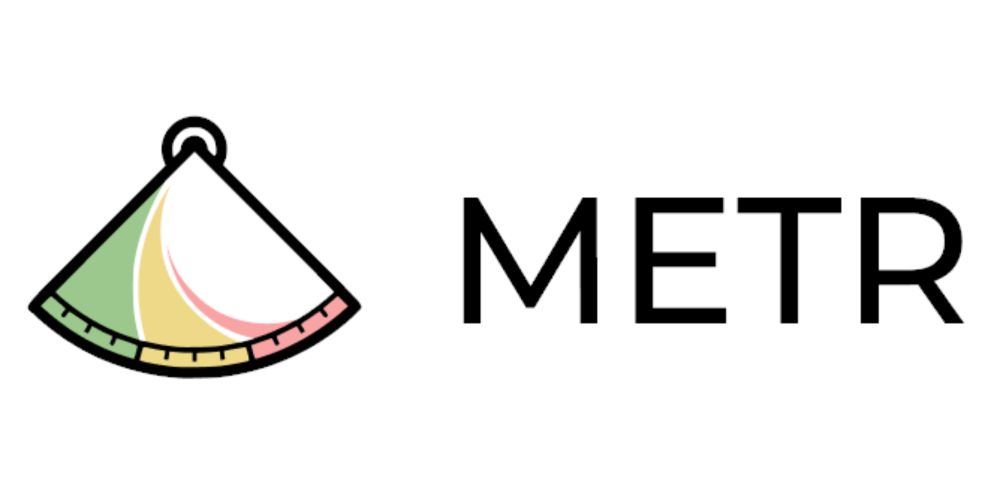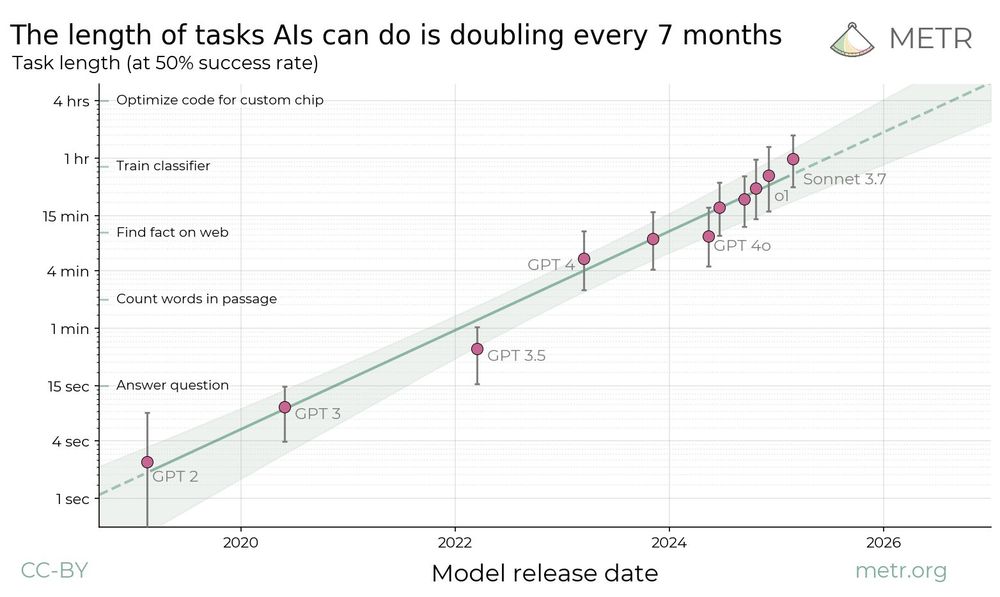METR
@metr.org
1.4K followers
1 following
120 posts
METR is a research nonprofit that builds evaluations to empirically test AI systems for capabilities that could threaten catastrophic harm to society.
Posts
Media
Videos
Starter Packs







